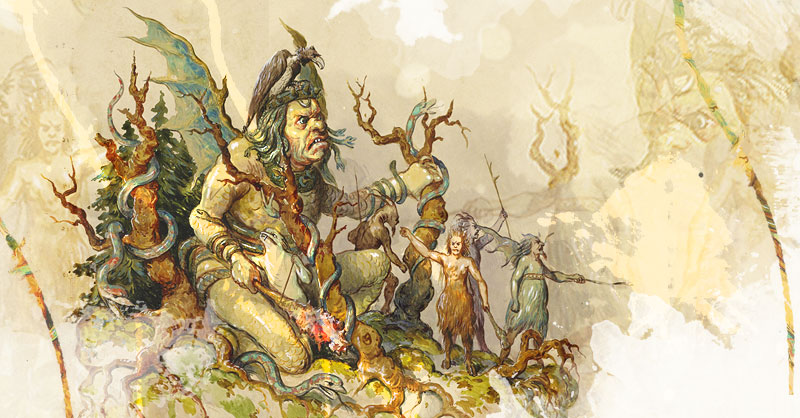Stefano Rinaldelli
Hero
Maybe you have occasional difficulties in contextualize what you are reading. We were talking about inspiring/uninspiring illustrations and how the illustrations are more and more uninspiring TO ME as time goes by. I also have written: Obviously I'll wait to know the content before deciding to pass/buy.File under: literally judging a book by it's cover.
So please, exit polemic mode.
Last edited:





